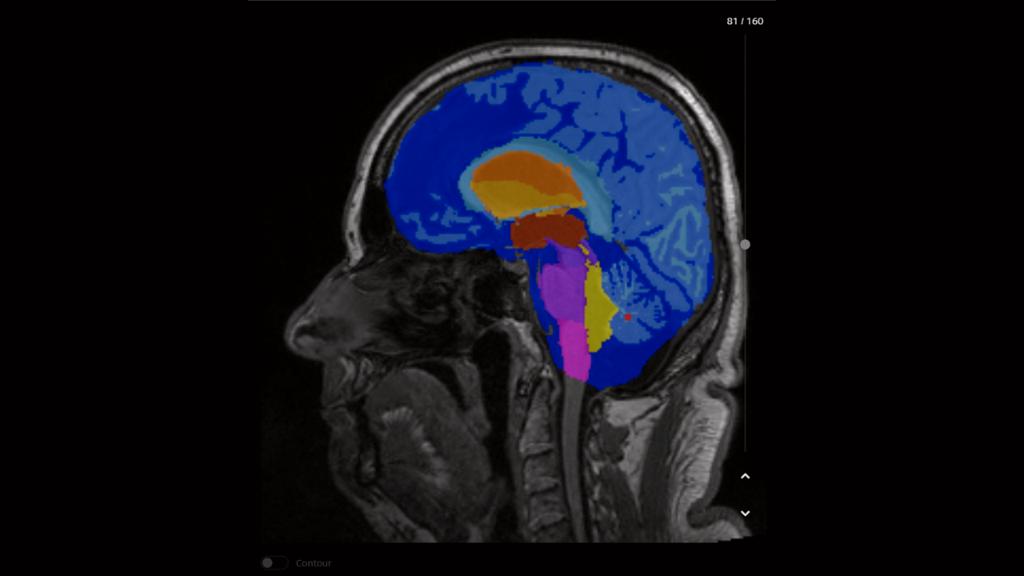La transformación digital en radiología ya es una realidad en México y latinoamércia
Gracias a AI-Rad Companion, CHRISTUS MUGUERZA ha fortalecido la seguridad diagnóstica en estudios de tórax y optimizado procesos clave, automatizando mediciones y respaldando la confianza clínica de los especialistas y la tranquilidad de sus pacientes




























